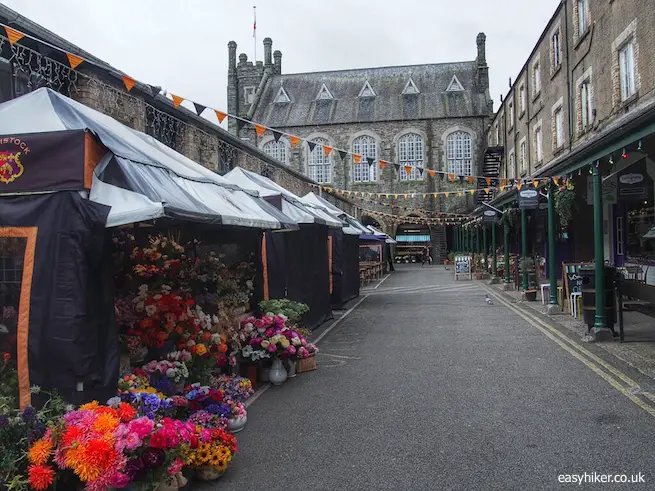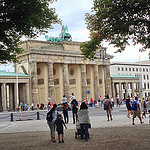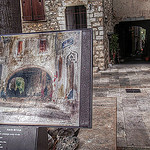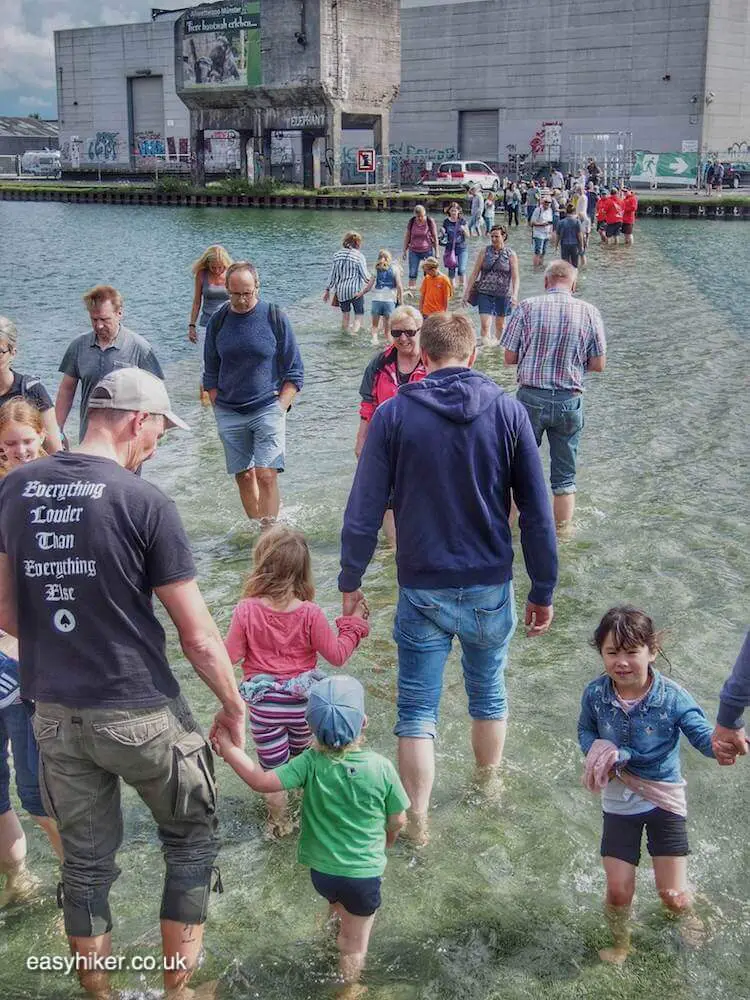Scenic walks in urban environments come in one of two guises: they take you either through a cartoon version of nature that has been carefully designed for the delight of urbanites or through feral landscapes – abandoned “brownfield sites” such as railway lines, port installations and industrial depots – that have been reclaimed by nature.
Or they may mix elements from both of these categories – which is when things become really interesting.

The Regent’s Canal in north central London provides a good example for such a mix. It was constructed in the early 19th century – the heyday for inland waterway transport, just before the arrival of the railways – to provide the missing link in the transport network between the Midlands region and the Thames harbours, thus connecting the centre of Britain’s manufacturing industry with London’s gateway to the world.
Commercial traffic ceased in the early 1970s, and the Regent’s canal of London has since been converted into a local recreation area. But its industrial past hovers over it like a ghost, and today’s canal represents a unique mix of the bleak …

… and the beautiful.

Take a Walk along the Regent’s Canal of London
We start our walk at Warwick Avenue underground station. Turn left out of the station exit into Warwick Avenue, away from the church on your right.
After a hundred metres or so, turn right into Warwick Place and then left into Blomfield Road. Cross the bridge ahead of you and, on the far side of it, walk down to the canal.
The basin that you have in front of you now is called Little Venice.

This was the place where the Grand Junction Canal – the main waterway between London and Birmingham that was constructed back in the late 1700s – originally came to an end. So what today is a genteel oasis of calm …

… would have been an extremely busy place more than 200 years ago, barges constantly being loaded or unloaded.
The basin was extended in 1820 when the Regent’s Canal was built to lead from here over a distance of approx. 14 km to the Limehouse Basin near the Thames in East London.
Follow the footpath alongside the Grand Junction Canal when it makes a sharp right turn towards Paddington station and the commercial development around it.
Take the footbridge to cross onto the other side of the canal …

.. and walk on the top end of Little Venice back towards the bridge before turning right into Blomfield Road.
The waterway on your right hand side is the Regent’s Canal, famous – particularly over this stretch – for accommodating London’s largest concentration of house boats.
For the canal’s first few hundred metres, you cannot use the footpath down by the water because the path is very narrow (and saved for the use of the boat owners), but there are a few places where you are allowed to walk down near the boats and sneak a peek.

Cross Edgware road into Aberdeen Place, while the canal continues underground over a distance of 250 metres.
In the old days, the barge-pulling horses were released from their cargo here and led to walk across the high road, while crew members, lying on the top of their boats, “walked the ceiling” of the tunnel to move the barges ahead.
At the end of the street, rejoin the canal by using the narrow passage between the council estate and the electrical substation which will take you to the end of the Maida Hill tunnel.

Cross Lisson Grove . After another and much shorter tunnel, walk towards your right and then down to the Regent’s Canal. For the next two or three kilometres, all you have to do is enjoy the calm and your scenic surroundings.

After a while, you will arrive at Macclesfield Bridge, the scene of the most famous incident in the canal’s history.
This bridge was completely destroyed in 1874 when a barge loaded with petroleum and five tons of gunpowder – not a good mix – caught fire and exploded. All members of the four-man crew were killed, while the roofs of surrounding houses blew off, trees were uprooted and dead fish rained down on the West End.
The bridge that you see today was built in 1876, reusing the previous bridge’s cast iron pillars but turning them around by 180°, so that the original canal side now points inwards and the tow rope grooves that had been cut into the iron through decades of use can be seen on the path-side of the columns.

At the level of the Cumberland basin, a busy stop on the original route for the unloading of goods that were to be sold at a near-by market …

… the canal takes a sharp turn to the left.
The Regent’s Canal was originally designed under the umbrella of a larger urban development projects that included Regent’s Park (you have just passed the London Zoo end of it) and a large number of ritzy residential buildings.
Industrial traffic and luxury homes, however, mix about as well as petroleum and explosives, and the property developers made sure that coal and building materials would not be shipped in full sight of their expensive assets.
Even so, the canal has always been lined by many handsome and elegant houses.

You are now approaching Camden, a London borough with a somewhat different historical background. Behind the Pirate’s Castle youth centre, a medievalist folly that was designed in the 1970s by one of Britain’s foremost modernist architects …

… you will enter the Camden Lock development, an old wharf …

… that has been converted into one of London’s leading centres of “alternative culture” with curiosity shops, art galleries and exotic restaurants.

It is, in other words, a perfect place to end or interrupt your walk for a different type of urban stroll.
If you still have enough energy after exploring Camden and its many attractions, feel free to rejoin the canal and to follow it all the way to its end at the Limehouse Basin.
Because wherever you join the Regent Canal of London and no matter which direction you take, you can always be sure that there are many things to see along its course.







